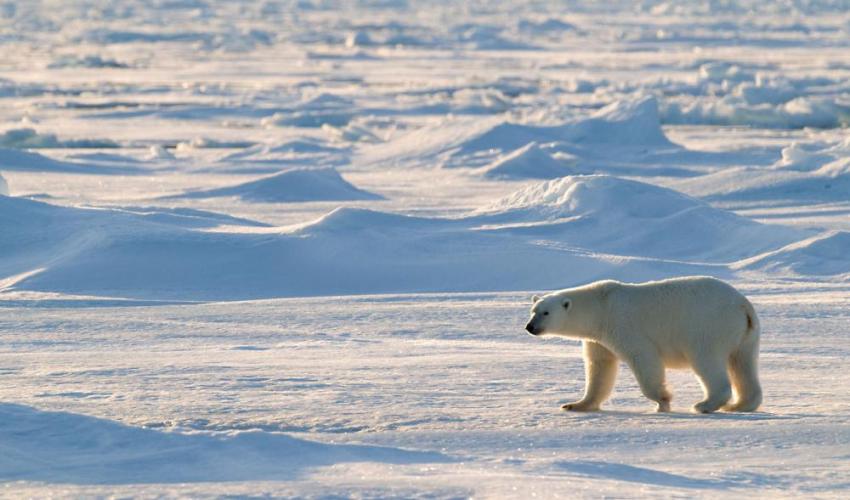In order to understand polar bear population trends and support good conservation decisions, WWF is supporting high-tech polar bear research.
Climate change-driven loss of sea ice habitat is the greatest threat to polar bear survival.
WWF is helping biologists understand how polar bears are coping with disappearing sea ice by supporting research that uses innovative technologies.
New techniques such as infrared imaging and DNA analysis give biologists insight into where bears go, their relationship to particular food sources, and important habitats for denning and raising young.
This research is urgent – almost every summer the amount of remaining sea ice gets smaller.
Summer sea ice is not only vitally important to polar bears; it is critical to a range of animals from tiny shrimp to vast bowhead whales (Balaena mysticetus), and to local people.
By 2040, it is projected that only a small remnant of summer sea ice will remain in the Arctic. This is known as the Last Ice Area.
WWF is engaging with local people and governments on conservation management of this vital Arctic habitat.
At the IUCN World Conservation Congress 2016, WWF will facilitate discussions on climate change and biodiversity, and Arctic protected area networks.











